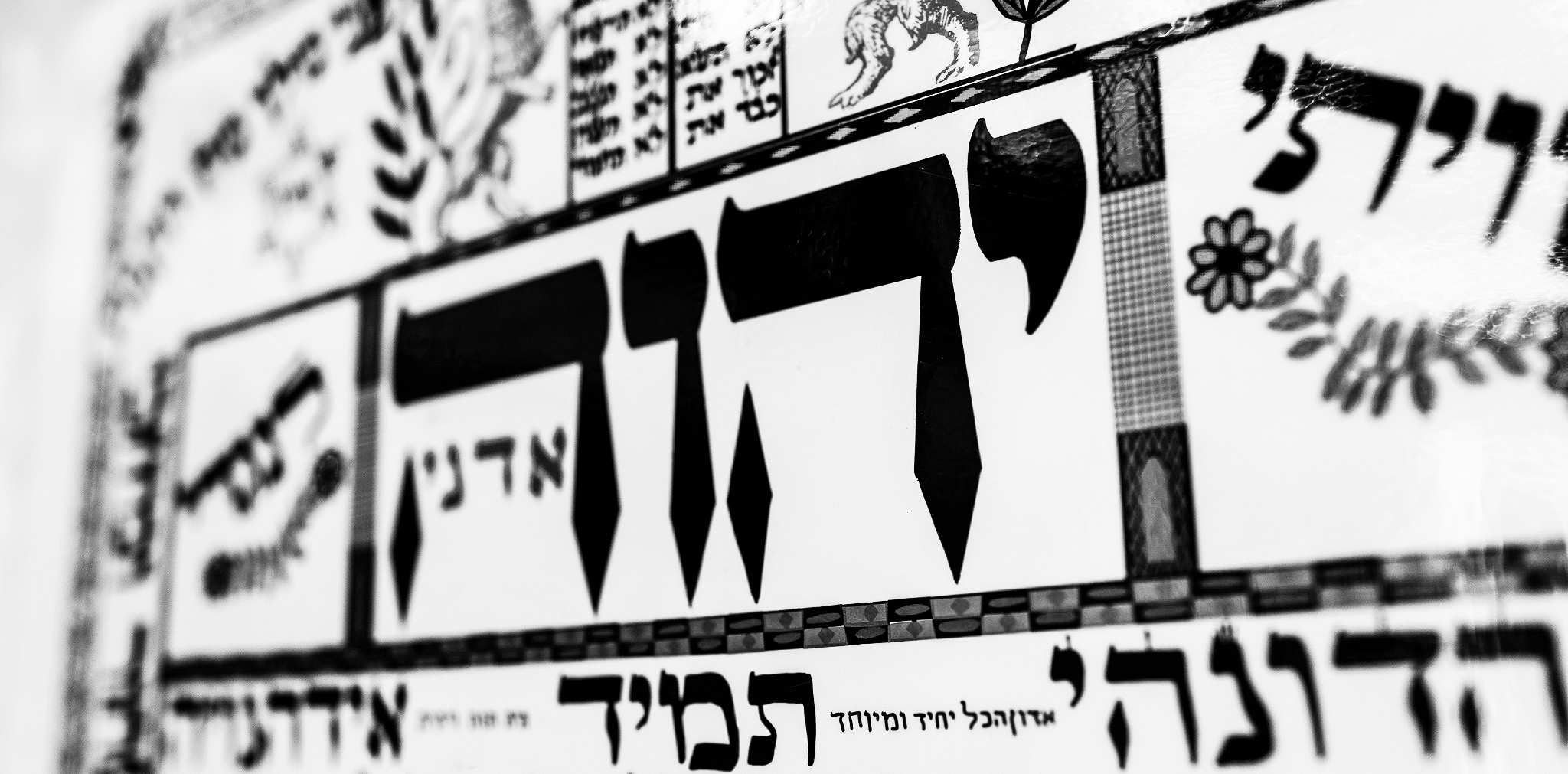 The Apostle Paul said we were to both “test ourselves” with regard to the intellectual content of our faith and also to “prove ourselves” with regard to the veracity of our spiritual life: “Put yourselves to the test (ἑαυτοὺς πειράζετε) to see if you are in the faith; prove yourselves (ἑαυτοὺς δοκιμάζετε) to see whether Yeshua the Messiah lives within you – lest you fail the test and be disapproved (ἀδόκιμος)” (1 Cor. 13:5). Notice that the verb “to prove” (i.e., dokimadzo: δοκιμάζω) means to test something by fire (like a precious metal) to discover its quality and purity. The analogy here is straightforward. The quality of our faith will be revealed during times of testing and hard circumstance. Do we walk in love, joy, and peace – despite the testing of this life? If our faith regularly fails in the crucible of testing, we may need to reexamine its authenticity (Prov. 24:10).
The Apostle Paul said we were to both “test ourselves” with regard to the intellectual content of our faith and also to “prove ourselves” with regard to the veracity of our spiritual life: “Put yourselves to the test (ἑαυτοὺς πειράζετε) to see if you are in the faith; prove yourselves (ἑαυτοὺς δοκιμάζετε) to see whether Yeshua the Messiah lives within you – lest you fail the test and be disapproved (ἀδόκιμος)” (1 Cor. 13:5). Notice that the verb “to prove” (i.e., dokimadzo: δοκιμάζω) means to test something by fire (like a precious metal) to discover its quality and purity. The analogy here is straightforward. The quality of our faith will be revealed during times of testing and hard circumstance. Do we walk in love, joy, and peace – despite the testing of this life? If our faith regularly fails in the crucible of testing, we may need to reexamine its authenticity (Prov. 24:10).

A proven faith is one that evidences the Fruit of the Holy Spirit, though other characteristics include an abhorrence for personal sin and the desire to obtain God’s forgiveness; a hunger and thirst for God’s righteousness to be manifest; a sincere willingness to obey the LORD and keep His commandments, and a heartfelt love for God and others. These characteristics mark genuine teshuvah (“repentance”), that is, a turning away from inner darkness to the light of the Divine Presence. Teshuvah is a miracle that transforms the person so that the inner life is restructured and made into a new creation by means of God’s grace (2 Cor. 5:17). Spiritual rebirth implies a new heart with a new set of affections: “I am crucified with Messiah; it is no longer I who live, but Messiah who lives in me. And the life I now live in the flesh I live by faith in the Son of God, who loved me and gave himself for me” (Gal. 2:20).

 Our Torah portion for this week,
Our Torah portion for this week, 
 Shavuah Tov, chaverim! The next two weeks we will read the last two portions of the great Book of Leviticus (ספר ויקרא), namely,
Shavuah Tov, chaverim! The next two weeks we will read the last two portions of the great Book of Leviticus (ספר ויקרא), namely,  Our Torah portion for this week (
Our Torah portion for this week (
 Our Torah reading for this week,
Our Torah reading for this week, 

 In my audio podcast for
In my audio podcast for 


 It’s been said that modern politics operates on the basis of the so-called “Hegelian Dialectic,” a method of social engineering based on a rather dismal theory about how precious little people can actually know (or be allowed to know). This theory can be easily traced to the “critical philosophy” of Immanuel Kant (1724-1804), who taught that the human mind cannot transcend itself in order to apprehend ultimate reality. There are limits or boundaries to the mind’s ability to discover “things in themselves,” and at best we are left with methods (or paradigms) we devise (and imitate mimetically) by which we “manage appearances.” Even hard sciences, such as physics, can only deal with the phenomenal realm of life. The inner working of reality — the “noumenal” — is sealed off as essentially unknowable. We are left only with postulates, hypothetical constructs, models, etc., but knowledge is essentially constrained by fundamental structures of consciousness (e.g., the categories of space and time) from which we interpret any possible experience.
It’s been said that modern politics operates on the basis of the so-called “Hegelian Dialectic,” a method of social engineering based on a rather dismal theory about how precious little people can actually know (or be allowed to know). This theory can be easily traced to the “critical philosophy” of Immanuel Kant (1724-1804), who taught that the human mind cannot transcend itself in order to apprehend ultimate reality. There are limits or boundaries to the mind’s ability to discover “things in themselves,” and at best we are left with methods (or paradigms) we devise (and imitate mimetically) by which we “manage appearances.” Even hard sciences, such as physics, can only deal with the phenomenal realm of life. The inner working of reality — the “noumenal” — is sealed off as essentially unknowable. We are left only with postulates, hypothetical constructs, models, etc., but knowledge is essentially constrained by fundamental structures of consciousness (e.g., the categories of space and time) from which we interpret any possible experience.


 This week’s Torah reading, called
This week’s Torah reading, called 
 The first Torah portion for the new
The first Torah portion for the new 
